Advantages
The PLANAQUA platform makes it possible to overcome four major constraints that currently severely limit scientific potential in the domain of aquatic ecology:
(1) Lack of specific tools for addressing certain environmental questions - Very specific systems are required to address certain scientific questions. For example, we offer large mesocosms (15 m3, 10 m long) equipped with beaters to generate waves, making it possible to control the physical structure of the water column.
(2) Inadequacy of the classical scale of experiments - Human activity often leads to a loss of biodiversity, affecting in particular the species at the top of food chains, such as large carnivores. Understanding and managing the consequences of losing these predators from the top of the food chain in ecological systems requires very large experimental systems. Experiments on the functioning of ecosystems involve volumes and levels of biodiversity often well below the complexity of natural environments. Furthermore, these experimental systems do not generally incorporate the physical complexity of the environment or the spatially heterogeneous nature of ecological processes in natural ecosystems. We offer a new experimental tool integrating complexity at the spatial scales of the real world, through a collection of experimental lakes, each with a large individual volume (about 750 m3).
(3) Low level of replication of most experimental infrastructures - The number of independent experimental structures is generally inversely proportional to the size of these structures. The PLANAQUA experimental platform offers a high level of replication for all the equipment proposed, regardless of its size.
(4) Difficulties of understanding ecology and evolution at multiple scales - Both nationally and internationally, there are currently few infrastructures available for studies on ecological systems at multiple levels of integration, from the individual responses of organisms (physiology, metabolism) to the scale of diversified communities in complex environments. This platform offers a wide range of experimental tools from a few liters to several hundreds of cubic meters.
Limitations
No major technical upgrade to further improve the platform is foreseen since the infrastructure is ending up the construction phase in 2015 with the installation of all sensors, the upgrade of the terrace to host the mesocosms (currently on a temporary terrace) and the construction of a new building (shared with Ecotron IleDeFrance) to host labs and analytical facilities, as well as some growth chambers. Funding is available to cover all these expanses. We plan to install water purification tools (in partnership with the private sector) and invest in new sensors. technical staff has to be strengthened. We will need to recruit a permanent technician.

